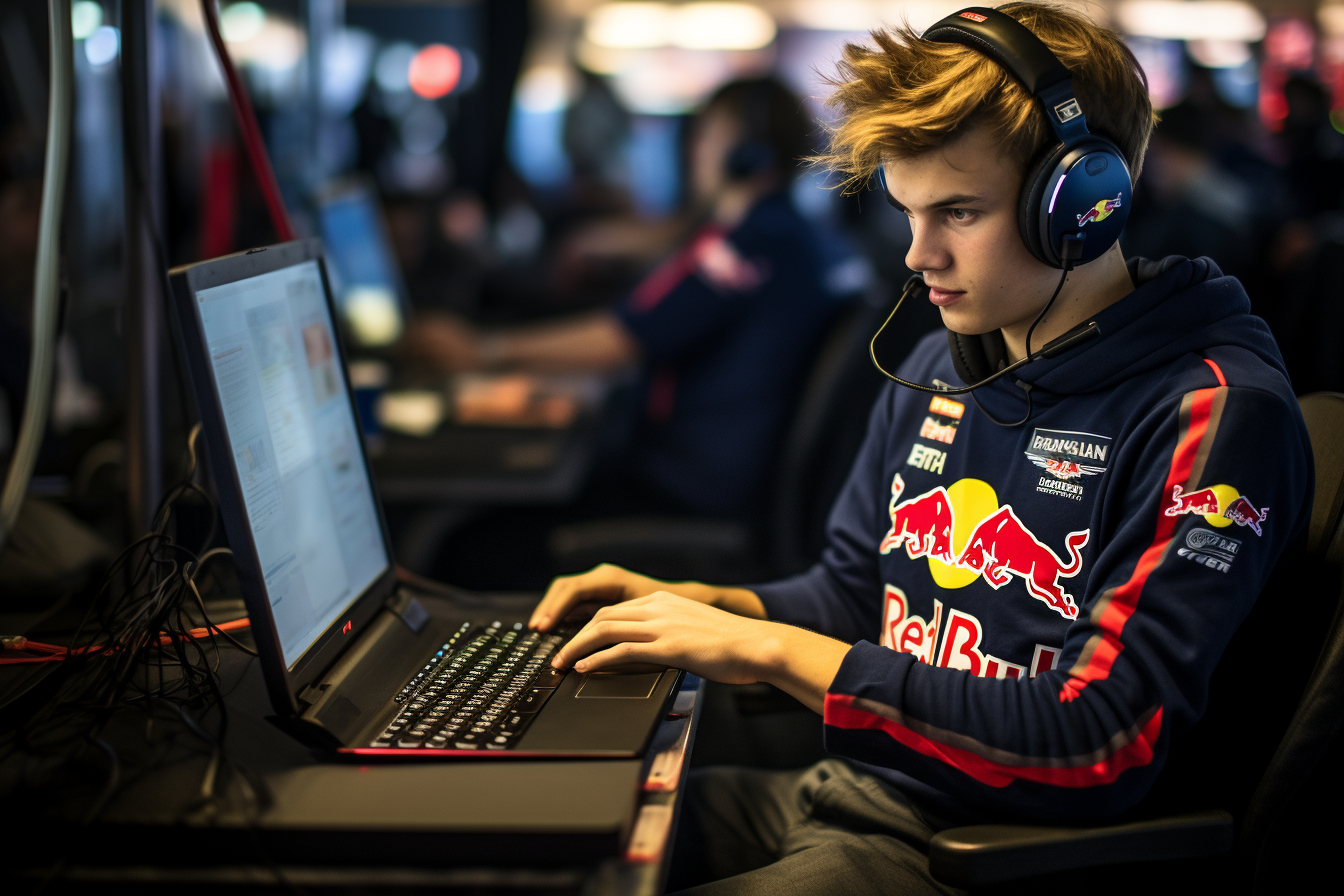In the dynamic world of motorsports, the line between reality and simulation has become increasingly blurred, thanks to the fascinating realm of sim racing. From cultivating young talents like William Byron to captivating Formula One champions like Max Verstappen, sim racing has evolved into a powerful tool that not only mimics real-world experiences but also enhances them. This article delves into the past, present, and future of sim racing, exploring how it’s shaping the landscape of professional motorsports and beyond.
The Past: Nurturing Talent Through Sim Racing
When William Byron emerged on the NASCAR scene, his trajectory was anything but conventional. At the tender age of 16, Byron’s journey to the pinnacle of stock car racing began with a video that showcased his prowess in sim racing. While the video depicted his skills in simulated environments, little did anyone know that it would serve as a springboard for his real-world racing career. His affinity for sim racing was a testament to the growing influence of these virtual platforms in shaping motorsport talents.

The Present: Max Verstappen and the Sim Racing Obsession
Max Verstappen, the reigning Formula One world champion, showcases how sim racing isn’t just a pastime for motorsport enthusiasts but a genuine obsession for professional drivers. Like a basketball player perfecting free throws, Verstappen dedicates substantial time to honing his skills in the virtual realm. The precision required in sim racing, coupled with the immersive experience it offers, enables Verstappen to stay razor-sharp even off the track.
The Longshot Concept: Bridging the Gap from Sim to Reality
Rev Racing introduced the groundbreaking “Longshot” concept, a bridge between the virtual world and the real racetrack. The idea centered around using simulation as a launchpad for aspiring motorsport professionals. This approach opened up new avenues for sponsorship collaboration with tech giants like Logitech and PC manufacturers, mirroring the sponsorship models prevalent in real-world motorsports. By offering an accessible entry point with minimal investment, aspiring racers could create their virtual race shop, kickstarting their journey toward professional motorsports.
The Future: Virtual Racing Beyond the Horizon
As technology advances, the future of sim racing holds exciting prospects. Virtual reality (VR) and augmented reality (AR) are poised to take sim racing to new heights, providing an even more immersive experience for racers and spectators alike. With esports gaining prominence, sim racing is becoming a legitimate competitive discipline, creating opportunities for careers in both virtual and real-world racing.
Grand Turismo: A Cinematic Journey through Sim Racing
The recent Grand Turismo movie encapsulates the essence of sim racing’s evolution. It weaves a narrative that reflects how these virtual platforms are not only a means of entertainment but also a tool for nurturing talent. The film serves as a reminder that the divide between simulation and reality is becoming increasingly thin, with sim racing acting as a conduit between the two realms.
Embracing the Revolution: How to Leverage Sim Racing’s Potential
To fully harness the potential of sim racing, several strategies can be implemented:
- Collaborative Sponsorship: Forge partnerships with hardware and software companies to support aspiring racers in building their virtual setups. This sponsorship model can replicate real-world racing partnerships, bridging the gap between virtual and real racing.
- Education and Training: Develop programs that teach the intricacies of sim racing, including driving techniques, vehicle dynamics, and race strategy. This could serve as a foundational step for individuals aspiring to enter the world of professional motorsports.
- VR and AR Integration: Embrace emerging technologies like virtual reality and augmented reality to create more immersive sim racing experiences. This could attract a broader audience and enhance the training value for professional racers.
- Esports Integration: Collaborate with esports organizations to further legitimize sim racing as a competitive discipline. This can create a pathway for aspiring racers to transition seamlessly from virtual to real-world racing.
Conclusion
Sim racing isn’t merely a pastime; it’s a revolution that’s reshaping the landscape of motorsports and beyond. From nurturing young talents to engaging professional racers and enthusiasts alike, the world of sim racing is a convergence point between the virtual and the real. As technology advances and new horizons are explored, the road ahead for sim racing is rife with opportunities to redefine the boundaries of racing and redefine the meaning of “reality.”
